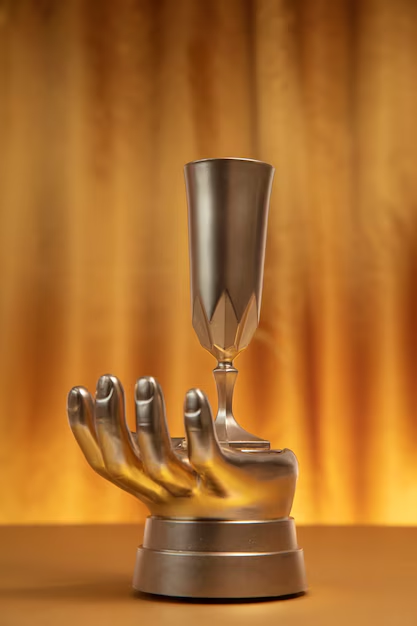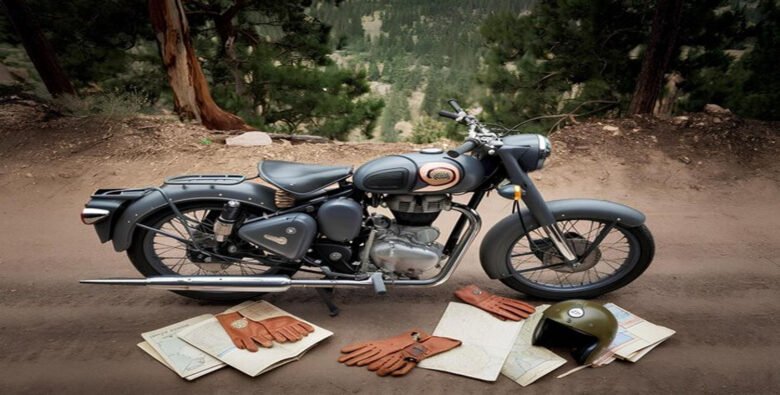The world of motorcycles is filled with iconic brands, each having its own unique place in history. Among these brands, Triumph and Bullet stand out for their rich legacy, distinct designs, and loyal fan bases. While both brands have their own heritage, their convergence in the form of a “Triumph Bullet Picture” has become a visual symbol that blends tradition with modern innovation.
In this article, we will explore the significance of the “Triumph Bullet Picture” and its place in the world of motorcycling. From the history of Triumph and Bullet motorcycles to the evolution of the design, and the cultural significance of these iconic bikes, we will dive deep into how these machines have captured the imagination of riders around the world.
The History of Triumph Motorcycles

Triumph Motorcycles is a name that resonates with motorcycle enthusiasts worldwide. Founded in 1902 by John Bloor, Triumph quickly became known for its high-quality craftsmanship and innovative engineering. The company initially produced bicycles and later ventured into motorized bicycles, eventually creating some of the most legendary motorcycles in history.
Triumph’s early success came with models such as the Speed Twin, which revolutionized the motorcycle industry by introducing the first parallel twin-cylinder engine. Triumph’s motorcycles became synonymous with power, speed, and reliability, attracting riders from all over the globe.
As the years passed, Triumph motorcycles continued to evolve, with notable models such as the Bonneville and the Thunderbird. The company’s reputation for performance and quality remained intact, and Triumph earned a loyal following among motorcycle enthusiasts. However, Triumph’s influence wasn’t limited to its engineering feats. The brand became intertwined with the cultural fabric of the 1960s, thanks to famous riders like Steve McQueen and Marlon Brando, who famously rode Triumph motorcycles in films like “The Great Escape” and “The Wild One.”
The Bullet Legacy
The Royal Enfield Bullet, on the other hand, has a different history. Royal Enfield, an iconic British motorcycle manufacturer, began producing the Bullet in 1931. The Bullet became famous for its rugged design, reliability, and its ability to tackle long distances with ease. The Bullet’s classic design, characterized by its round headlamp and heavy-duty frame, became the blueprint for many other motorcycles that followed.
In addition to its popularity in the UK, the Bullet gained a huge following in countries like India, where it remains one of the most beloved motorcycles to this day. Its simple yet robust design has made it a symbol of endurance, and the Bullet is known for its ability to handle rough terrain and long road trips, making it an ideal choice for adventure riders and long-distance travelers.
The Triumph Bullet Picture: A Symbol of Merging Worlds
Now, what does the phrase “Triumph Bullet Picture” refer to, and why has it gained significance in the world of motorcycles? The answer lies in the blending of two powerful brands—Triumph and Bullet—into one striking visual representation.
The “Triumph Bullet Picture” typically refers to a photograph, artwork, or digital representation that captures a Triumph motorcycle alongside a Royal Enfield Bullet. These images are particularly popular among motorcycle enthusiasts who appreciate the heritage of both brands and the rich history that they represent. The visual juxtaposition of these two iconic bikes creates a unique narrative that celebrates both the past and the present of motorcycle culture.
In these “Triumph Bullet Pictures,” the motorcycles are often presented in an environment that speaks to the spirit of adventure and freedom that both brands embody. Whether it’s a scenic countryside ride, a bustling urban backdrop, or an open road, these images evoke a sense of wanderlust, nostalgia, and excitement. The “Triumph Bullet Picture” has become a symbol of the unbreakable connection between tradition and innovation, as both brands have evolved over time while retaining their core identities.
The Cultural Significance of the “Triumph Bullet Picture”
The significance of the “Triumph Bullet Picture” extends beyond just being a snapshot of two motorcycles. It represents a broader cultural movement within the world of motorcycling. It is a visual tribute to the enduring legacy of both brands and the impact they’ve had on riders across the globe.
- Nostalgia and Tradition: For many riders, the “Triumph Bullet Picture” represents a deep connection to the past. The classic designs of the Triumph and Bullet motorcycles hark back to an era when motorcycling was more than just a hobby; it was a way of life. For enthusiasts who grew up idolizing these bikes or who have restored them to their former glory, these images evoke a sense of nostalgia for a simpler time.
- Iconic Representation of Adventure: The Triumph Bullet Picture is also a representation of adventure. Both Triumph and Bullet motorcycles have long been associated with long-distance travel and exploration. These images often feature the bikes in remote or picturesque locations, underscoring the spirit of adventure that both brands are known for.
- Merging of Two Worlds: The Triumph Bullet Picture visually merges two distinct worlds—Triumph’s sleek, modern engineering with Bullet’s timeless, rugged durability. The pairing of these motorcycles in a single image serves as a reminder of how the motorcycle industry has evolved and how both brands have contributed to shaping the modern riding experience.
The Modern-Day Appeal of Triumph and Bullet Motorcycles
In recent years, both Triumph and Royal Enfield have enjoyed a resurgence in popularity. Triumph’s modern motorcycles, such as the Street Twin and the Bonneville, have successfully captured the essence of their classic bikes while incorporating cutting-edge technology and performance upgrades. Meanwhile, Royal Enfield continues to produce new iterations of the Bullet, offering updated models that maintain the classic design while meeting the needs of today’s riders.
The “Triumph Bullet Picture” has become a way to celebrate the ongoing legacy of these two iconic brands, as they continue to attract new generations of riders. Whether it’s the nostalgia of owning a classic Triumph or Bullet or the excitement of riding a modern interpretation of these legendary bikes, the appeal of these motorcycles is undeniable.
The Impact of Social Media on Motorcycle Culture
The rise of social media has played a pivotal role in the popularity of the “Triumph Bullet Picture.” Platforms like Instagram, Pinterest, and Facebook have become spaces for motorcycle enthusiasts to share images, stories, and experiences. These platforms have allowed the “Triumph Bullet Picture” to reach a global audience, with riders from all corners of the world showcasing their motorcycles in creative and inspiring ways.
Through the power of social media, motorcycle communities have come together to celebrate the rich history and culture of brands like Triumph and Royal Enfield. The “Triumph Bullet Picture” serves as a way for enthusiasts to express their admiration for these iconic machines and connect with others who share their passion.
Conclusion: Triumph Bullet Picture as a Timeless Symbol
The “Triumph Bullet Picture” is more than just a photograph of two motorcycles—it is a timeless symbol of heritage, adventure, and the enduring appeal of classic motorcycles. Whether it’s the historical significance of Triumph’s engineering or the rugged charm of the Bullet, these images capture the essence of what makes motorcycling so special.
As both brands continue to evolve and inspire new generations of riders, the “Triumph Bullet Picture” will remain a visual tribute to the history, culture, and spirit of two of the most beloved motorcycle brands in the world.
MORE READ:



